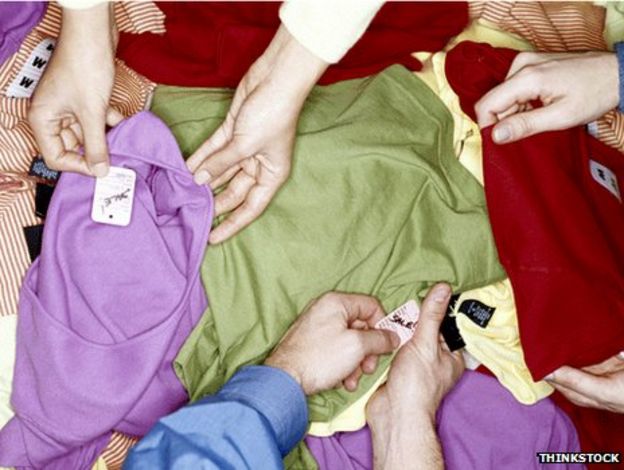Shopping: The new tactics to get you spending
-
15 March 2013
- From the section

People are more savvy than ever before about the ways shops get them to spend their money, but the retailers are always coming up with new tactics.
Why are sweets and chocolate always by the till in supermarkets? Why do they put the everyday essentials like bread and milk at the back of shop so you have to walk through as many aisles as possible to reach them?
Why is the perfume and jewellery section always at the front of a department store?
Why do some shops have low lighting? Why in Ikea do you have to do a loop of the whole shop rather than being able to get straight to the bit you actually want?
Many of us will have realised the tricks that retailers use to get us impulse buying, but it doesn’t stop us.
“We’re all children when it comes to shopping,” says money saving expert Martin Lewis.
“We have to remember that shops will try to trick us into thinking we’re getting something for less money when we’re not. It’s their job to make money and it’s your job to stop them making money.”
The findings of the BBC Lab UK Big Money Testreveal the impact spur-of-the-moment buys have on our finances, having a greater impact on our ability to make ends meet than financial knowledge, education, income and social class combined.
Part of the problem is retailers are always coming up with new ways to get us to spend. Here are some of them.
Getting messy

Instead of constantly tidying the shop floor, some shop assistants are strategically messing things up. It’s a tactic to make items appear popular, as if lots of people have been looking at them and they are a must-have.
It works well on younger shoppers. Under-21s are the most likely to make an impulse purchase, according to the Big Money Test.
Young people are also hugely influenced by what others are buying, says Philip Graves, consumer behaviour expert and author of Consumer.ology.
“They are seeking a sense of their own identity distinct from their parents. They are looking to affiliate with others they think are like them.”
The problem for teenagers has a biological as well as social explanation.
“The part of the brain that’s responsible for impulse control doesn’t develop fully until your early 20s,” says one of the Big Money Test’s designers, Mark Fenton-O’Creevy, a professor of organisational behaviour with the Open University.